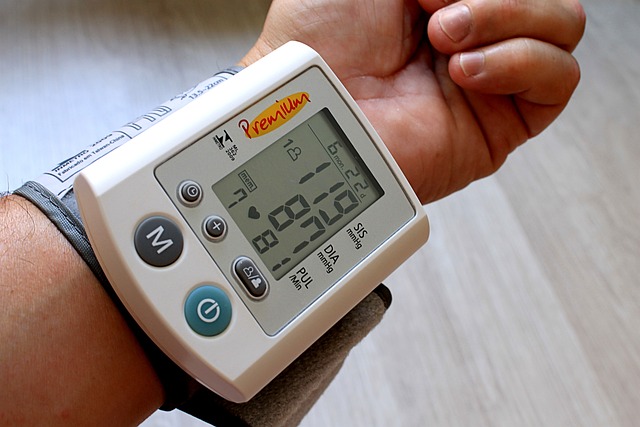A French researcher has concluded that both current and lifetime cannabis use are associated with lower blood pressure levels after assessing the relationship between cannabis use and blood pressure among a population-based cohort of over 91,000 subjects. The research findings were recently published in the journal Nature: Scientific Reports.
The investigator reported: “In adjusted covariates models, lifetime heavy cannabis use was associated with decrease in both SBP [systolic blood pressure], DBP [diastolic blood pressure], and PP [pulse pressure] in both genders, but with a higher effect among women … Current cannabis use was associated with lower SBP levels in men and in women. Same results were observed for DBP and PP.”
He concluded, “Longitudinal studies are needed in general populations and then in hypertensive patients to highlight the potential lowered BP effect of cannabis in a medical use.”
A 2021 Israeli study of elderly hypertension subjects determined, “Cannabis treatment for three months was associated with a reduction in systolic and diastolic blood pressure, as well as heart rate.”

A U.S. study published last year in The American Journal of Medicine reported, “Current cannabis use was associated with lower resting heart rate” in middle-aged subjects. The administration of oral CBD extracts has also been associated with reduced blood pressure levels in healthy volunteers.
Numerous other studies have also demonstrated the ability of cannabinoids to influence blood pressure and other cardiovascular responses, though many of these effects are short-term in duration and subjects typically become tolerant to some of them (e.g., tachycardia).
According to a literature review published in the journal Neuropharmacology: “The endocannabinergic system plays an important cardiovascular regulatory role not only in pathophysiological conditions associated with excessive hypotension but also in hypertension. Thus, the pharmacological manipulation of this system may offer novel therapeutic approaches in a variety of cardiovascular disorders.”
This article first appeared on Internationalcbc.com and is syndicated here with special permission.






